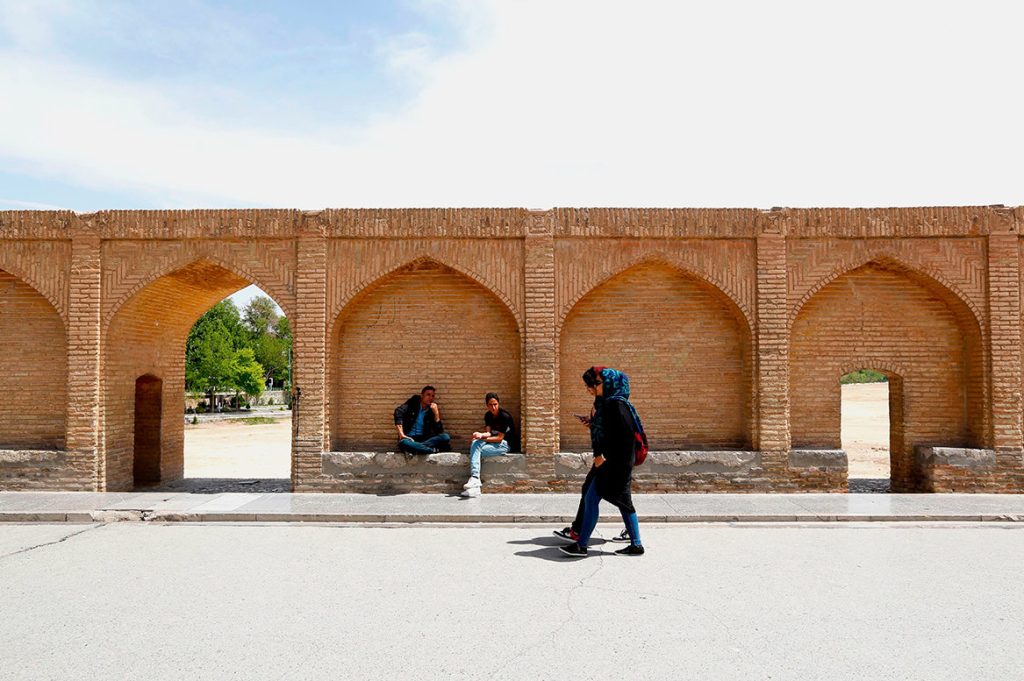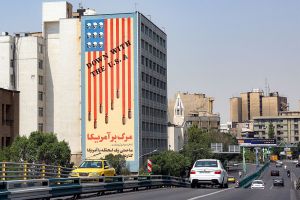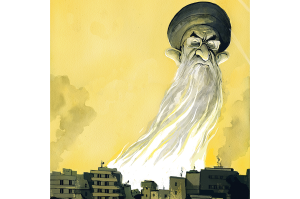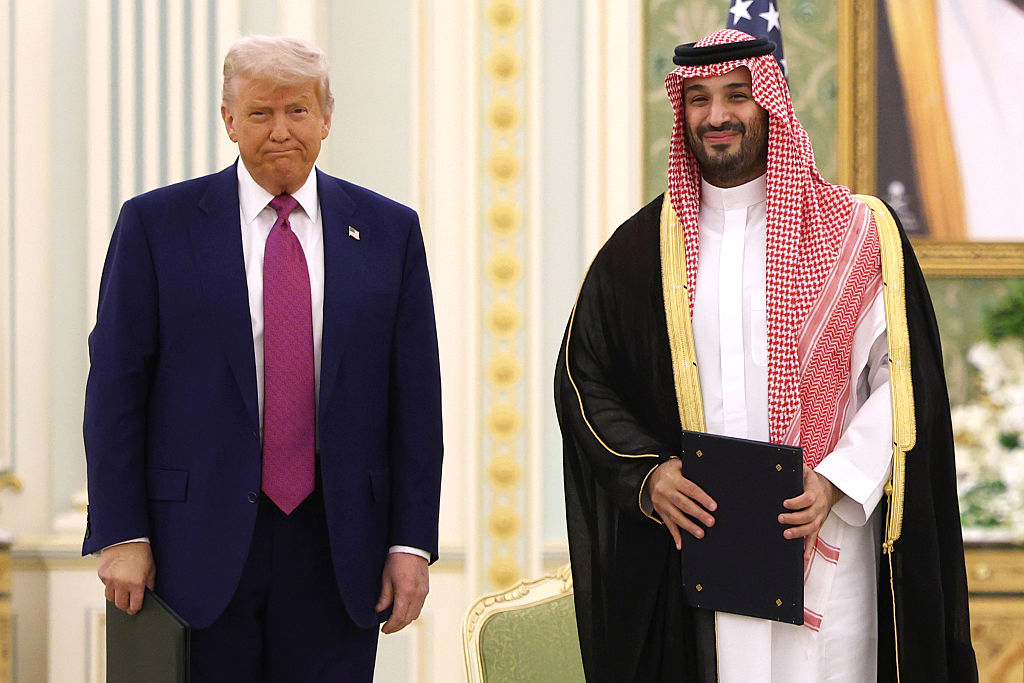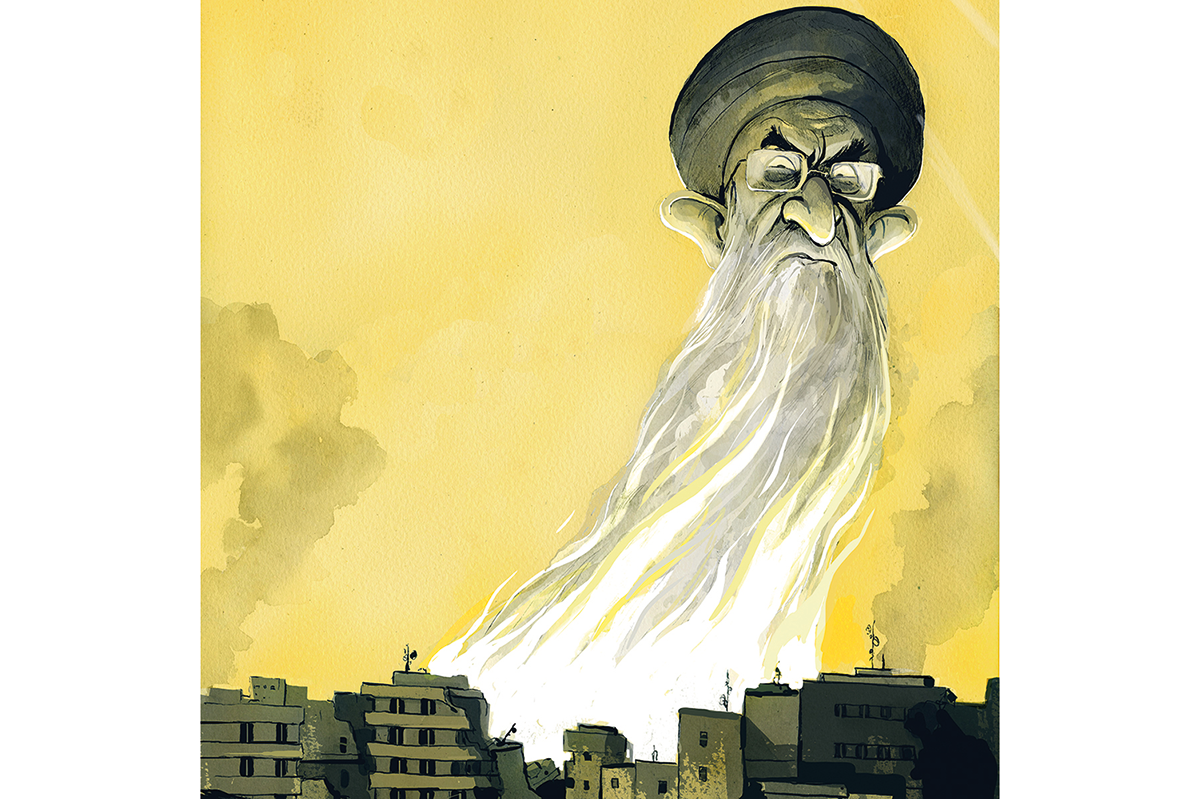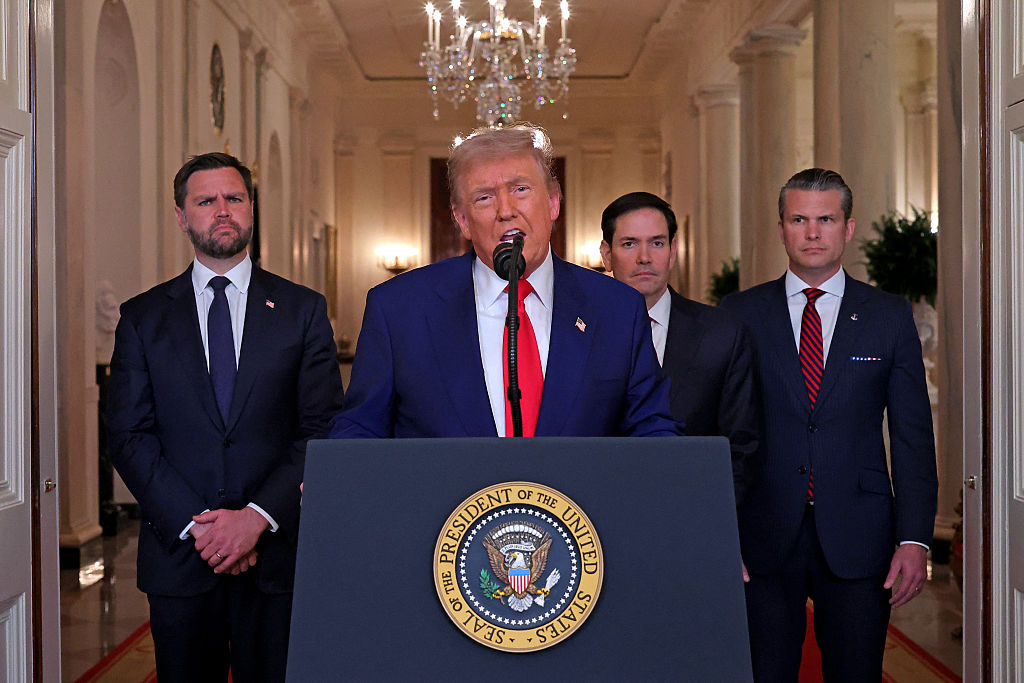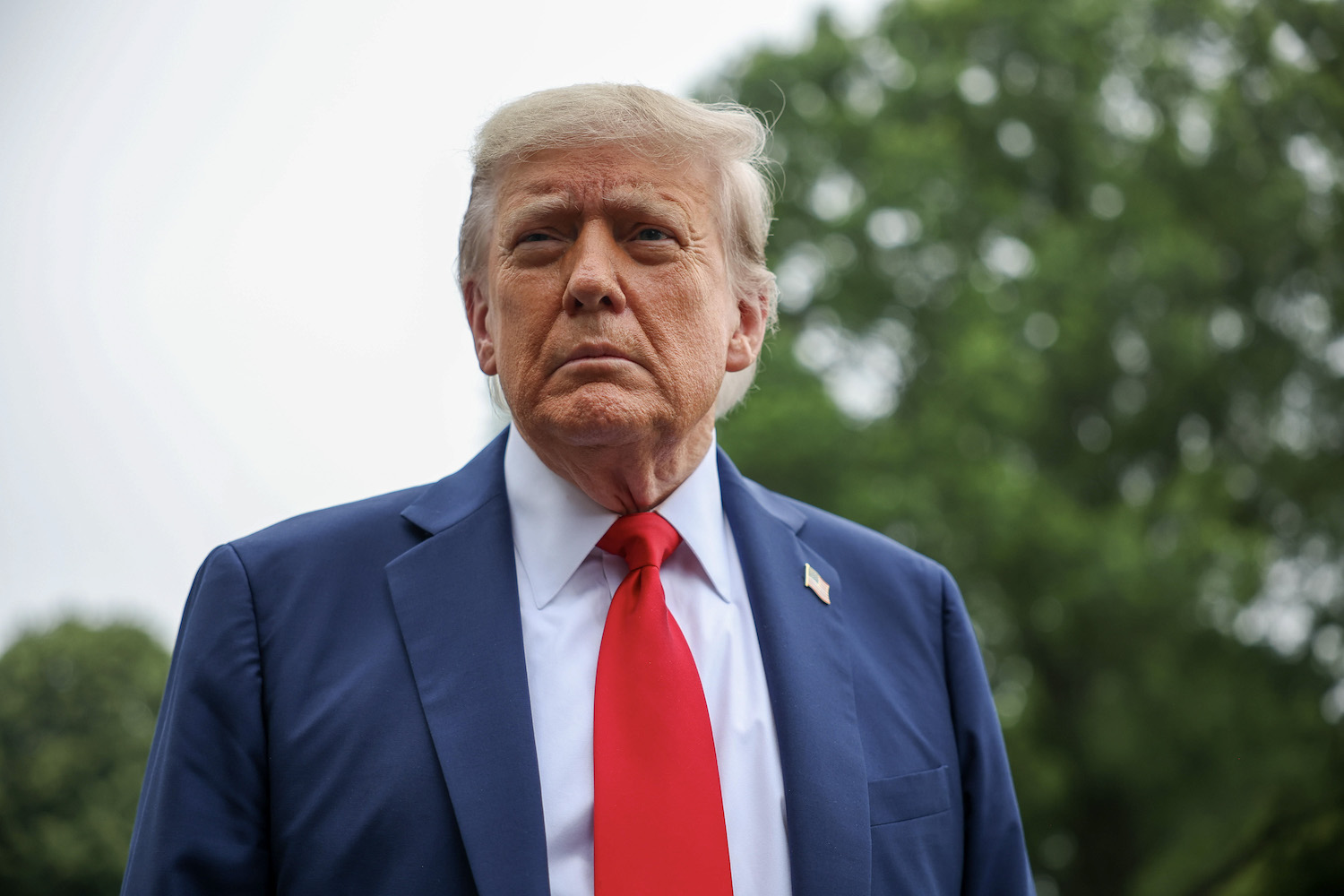It’s far from an exact science, but if you want to get a sense of where the world is heading in terms of resource scarcity then you could do worse than considering the cost of a liter of oil versus a liter of water. These days a liter of crude oil is worth around 45 cents; a liter of bottled water in the US will generally set you back around 90 cents. Oil has dropped around 100 percent since its high in 2008 while water’s value has held firm, and even risen across the Middle East and Asia.
This is probably unsurprising. Right-thinking opinion now considers oil an anathema while water is drying up almost everywhere — and nowhere more so than Iran. According to Kaveh Madani, a scientist and former deputy environment minister, Iran is ‘water bankrupt’ after years of government mismanagement. The country is parched.
The situation is so bleak that the regime — for which mendacity is perennial policy — doesn’t even bother denying it. Iran’s Supreme Leader Ayatollah Ali Khamenei, a man pathologically inclined toward swatting protests with fastidious violence, even expressed some sympathy towards the recent drought-inspired protests. ‘The people showed their displeasure…but we cannot really blame the people and their issues must be taken care of,’ he said last Friday.
Blame expediency not altruism for his words. The water crisis is a serious threat to the government. In 2015, the head of the Iranian Department of the Environment (and former agriculture minister), Isa Kalantari, declared that Iran’s endemic water mismanagement would force 50 million Iranians — around 60 percent of the population — to leave the country. Earlier this year, he claimed a ‘water war’ might pose a threat to the state’s very existence.
If Iran’s theocratic rulers aren’t too bothered about eco issues, they care very much about the security of their own position — and all of the associated perks that come with it. While ordinary Iranians suffocate within the regime’s autocratic embrace, government insiders stuff their foreign bank accounts with illicit cash and their homes with Armani and Chesterfield. You can live well in today’s Iran if you know the right people — and if you are willing to say and do the right things of course.
Khamenei and those around him are revolutionaries; and as they overthrew the Shah of Iran in 1979, they know that many yearn to do the same to them. And while they can torture, kill and bang up their political opponents, it’s far harder to silence millions of people marching in towns and cities across the country who are now willing to brave bullets because they no longer have anything left to lose. You can’t kill everyone. And if you try to, it probably won’t work out all that well. As the Shah discovered to his cost.
It’s not like the government hasn’t had fair warning. Iran has been getting hotter for years. ‘Over the past decades, the temperature increased to some extent in Iran annually due to greenhouse gas emissions, which is expected to happen this year, as well,’ said Ahad Vazifeh, a weatherman with the Iran Meteorological Organization in 2019. The effects on the national water supply have been calamitous. According to Iran’s head of water technology at the Presidential Office for Science, three billion cubic meters of water evaporates in the broiling sun annually in dams across the country. The results of all this are entirely predictable. Just last month, on June 15, Vazifeh was gloomily succinct: ‘Bluntly speaking, there is no water,’ he told a news website.
Iran uses about 90 percent of its water resources for agriculture, while 71 percent of its 82 million people live in areas that have witnessed over-extraction of groundwater resources. What this means is that tens of thousands are moving from rural areas to the cities in search of a better life. But without relevant skills or qualifications, they face only more unemployment, more poverty, more humiliation.
All of which breeds only more resentment. And now the cities are filled with former farmers who unless something changes will morph inexorably into revolutionaries.
Welcome to the Middle East of the 21st century — one obsessed not with oil but with water. The new wars are coming, and this time they will be fought not over the liquid that powers industry but one that forms the basis of life itself.
This article was originally published on The Spectator’s UK website.



